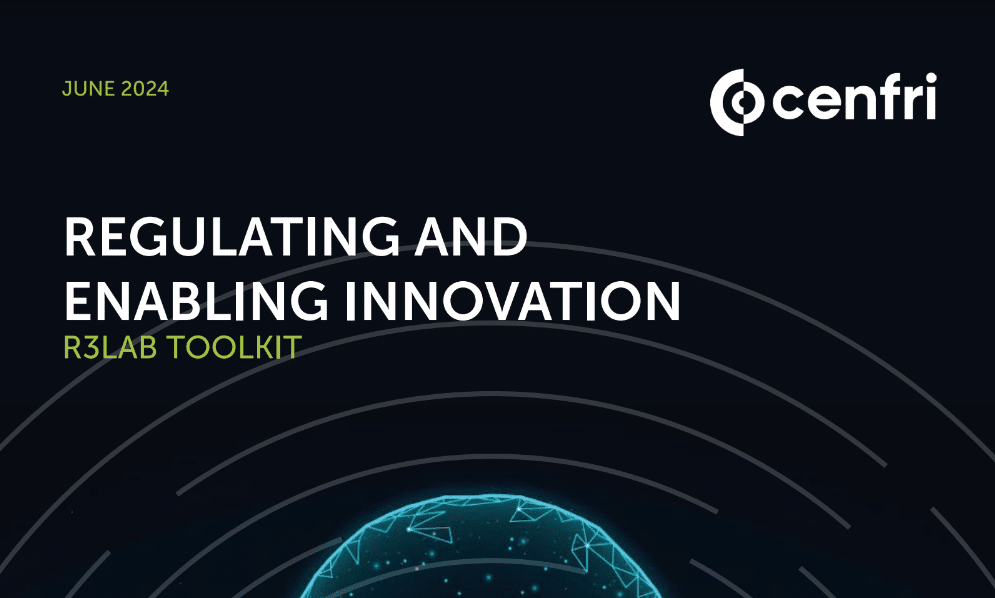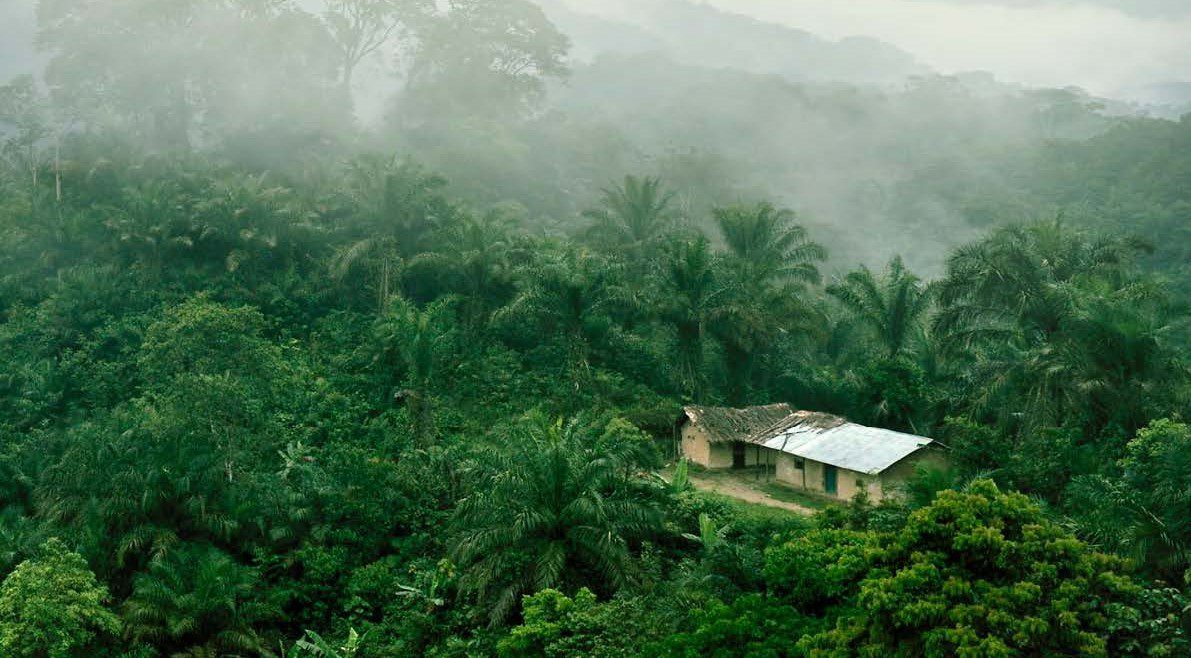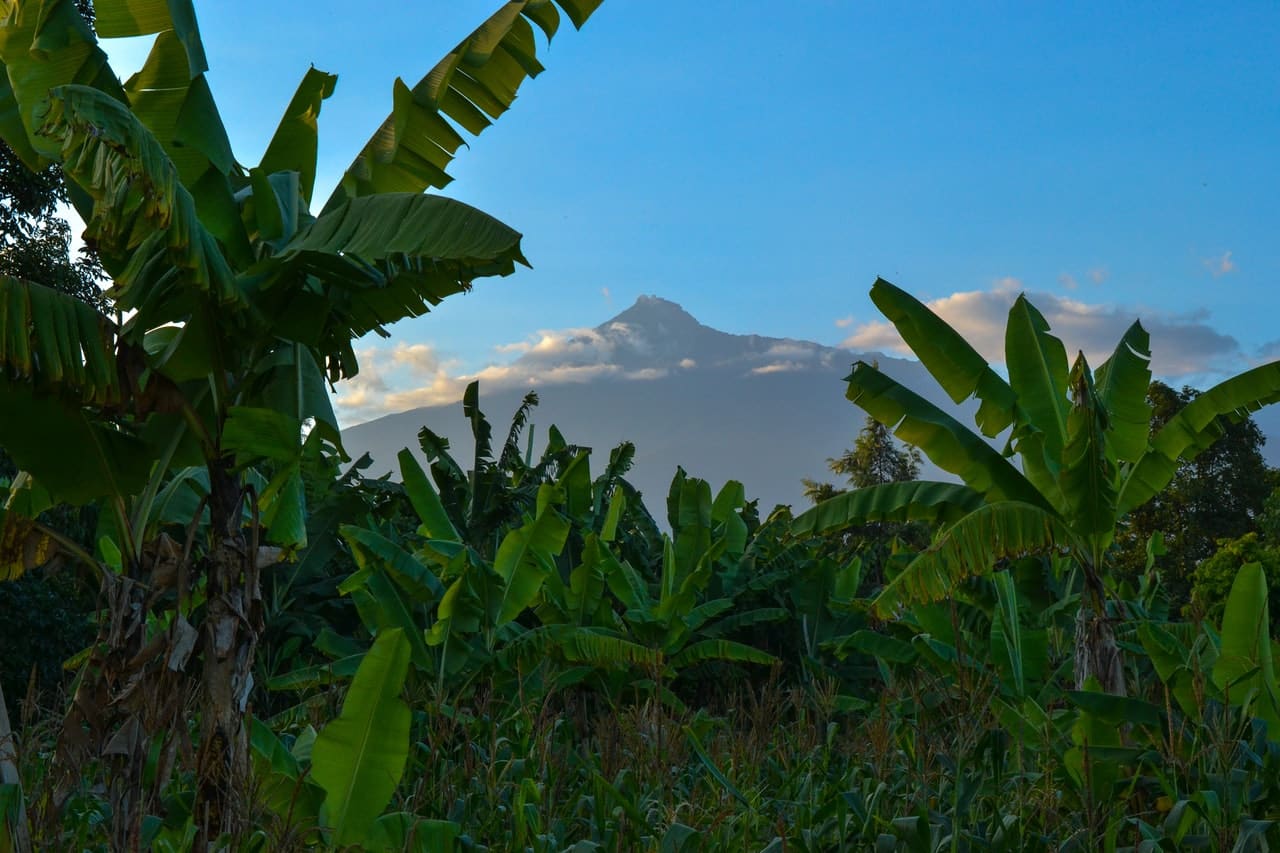Lagos State is a pivotal economic hub in Nigeria, contributing a remarkable ~30% to the nation’s GDP. It is also one of the most densely populated cities on the African continent, occupying just 0.4% of Nigeria’s landmass while being home to over 27 million people.² Moreover, like most of Africa, Lagos is highly susceptible to climate change impacts but is not equipped to handle its repercussions.
Lagos is vulnerable to three Climate Impact Drivers (CIDs): sea level rise, extreme rainfall, and extreme heat. The effects of these drivers are heightened by its dense population and rapid urbanization. These hazards pose substantial threats to the livelihoods, assets, and infrastructure of its urban populace, particularly affecting the less affluent and most vulnerable segments of the population.
Leveraging advanced climate analytics, it has been identified that Lagos faces a projected increase in sea levels of up to 3 meters by 2050, temperature rises of +1°C, and up to 4 meters of flooding due to extreme rainfall. Combined, the cost of inaction for these three climate risks is approximately just under $40 billion by 2050, impacting physical, social, and economic systems.³ Specifically, over 1.4 million people in the city face direct risk from flooding.
These floods also threaten critical social infrastructures, including transportation, healthcare, and education. For instance, over 500 educational centers are at risk, and potential disruptions could impact 42,000 patients. Economically, the city could suffer significant infrastructure damage estimated at $5 billion, with an additional $6 billion required to relocate vulnerable populations. Furthermore, a projected GDP loss of $17 billion annually could result from disruptions caused by inundation.
The natural environment is also at significant risk. Projections indicate that 165 km² across 14 Local Government Areas could be inundated, threatening 82% of wetlands and leading to substantial biodiversity losses.
Given these findings, there is an urgent environmental, social, and economic need to take action against the impacts of climate change










